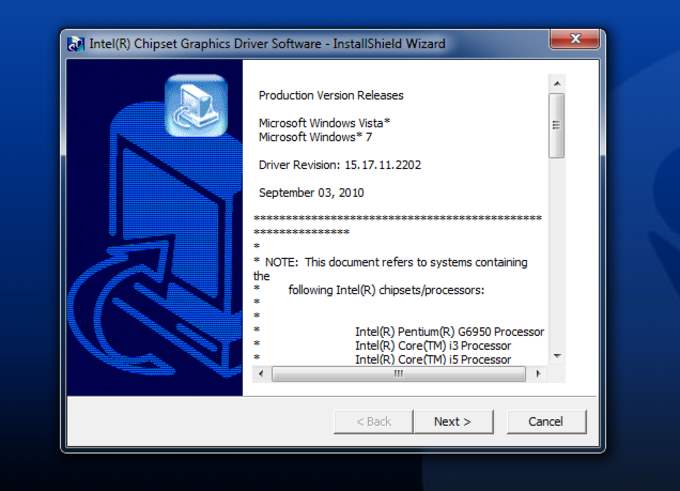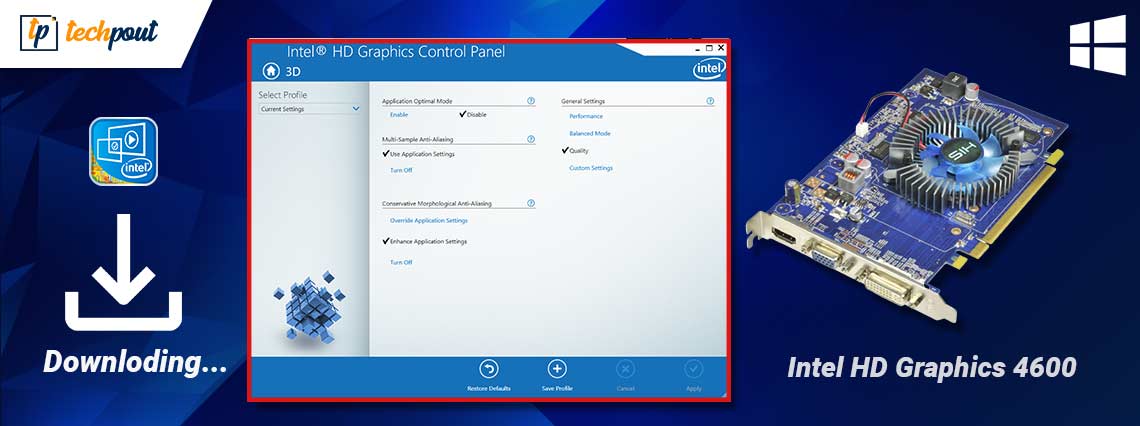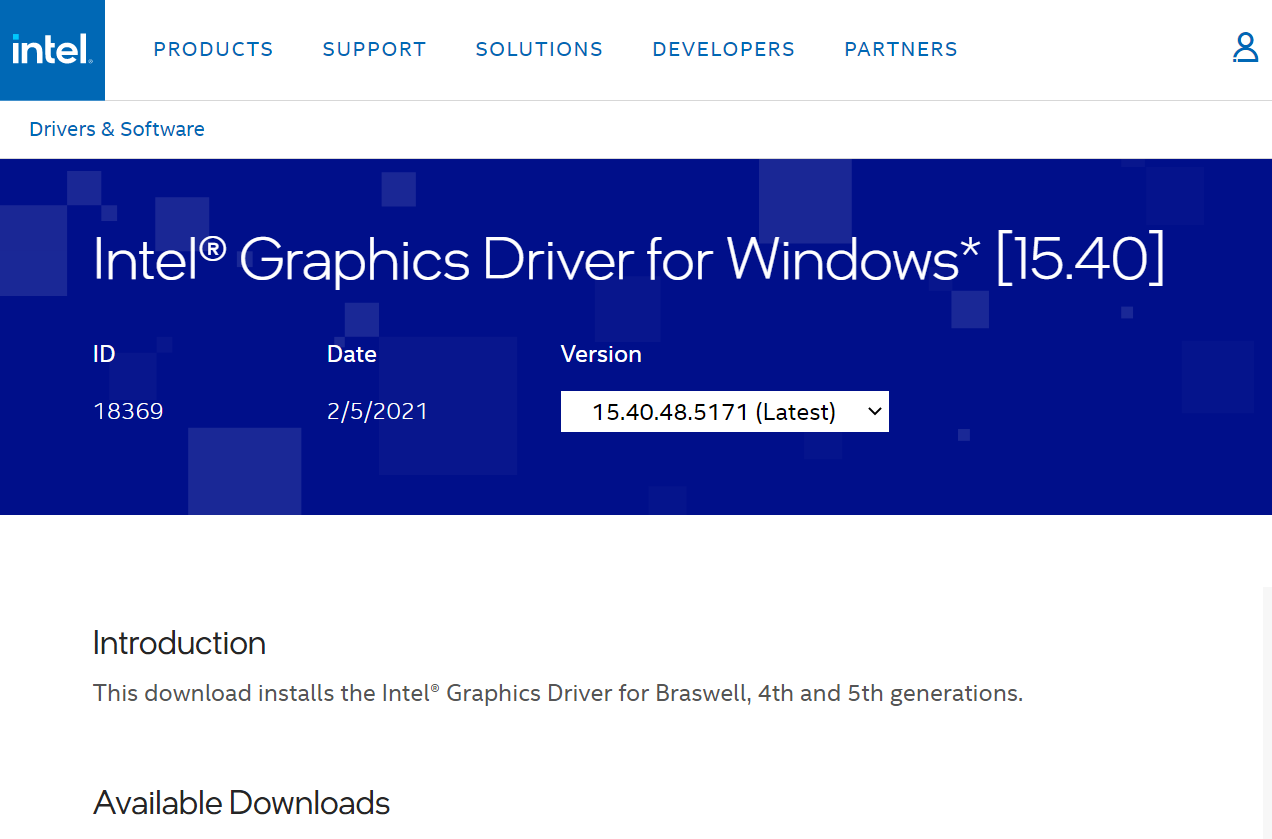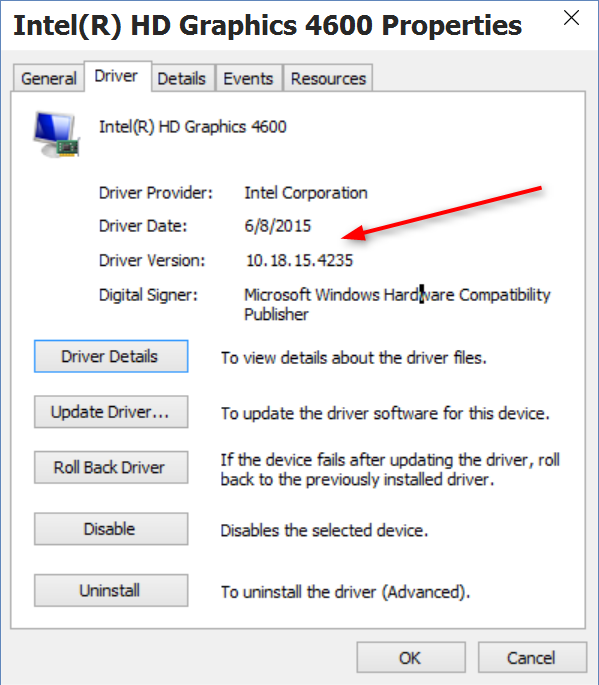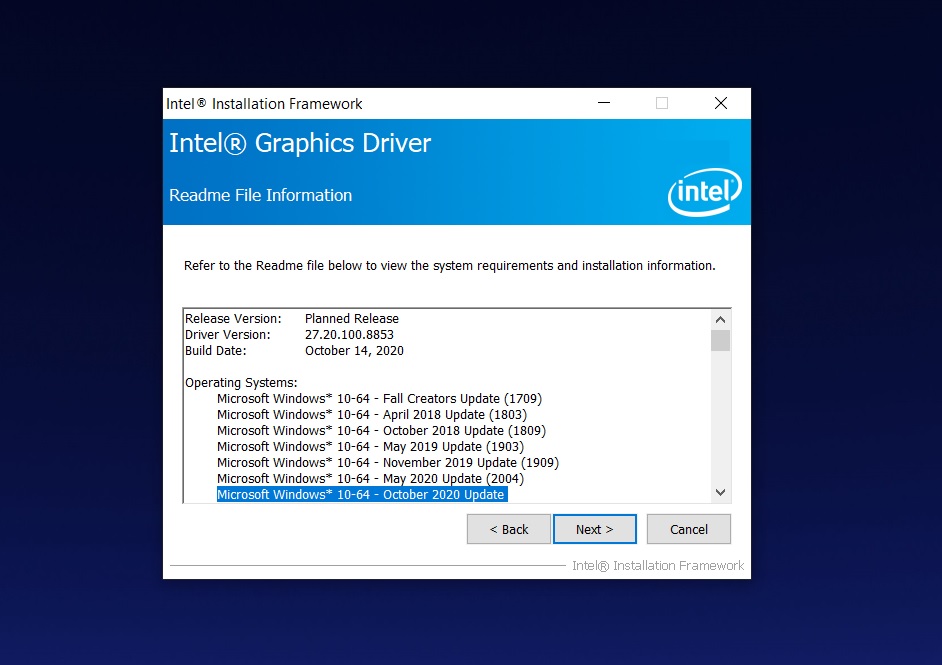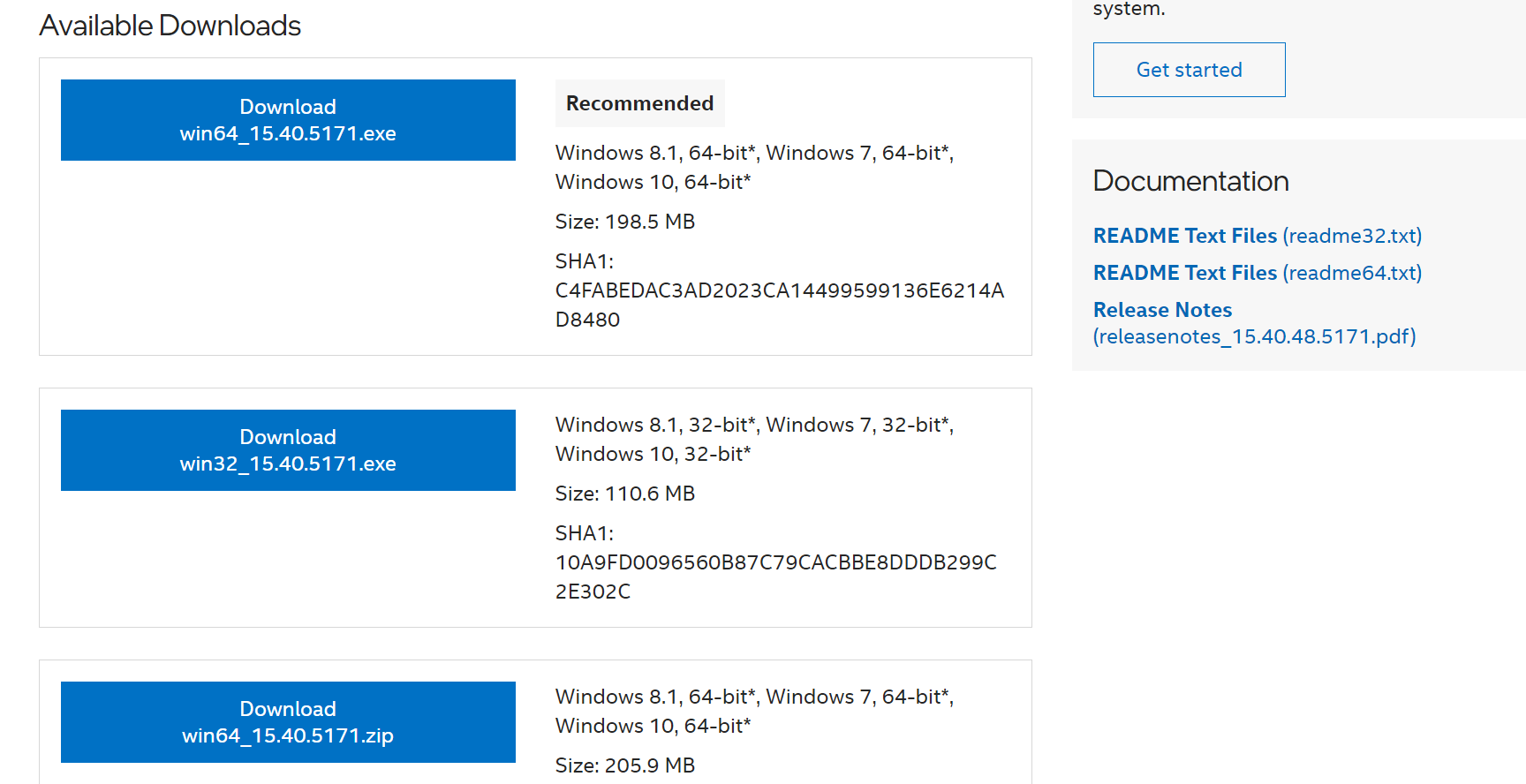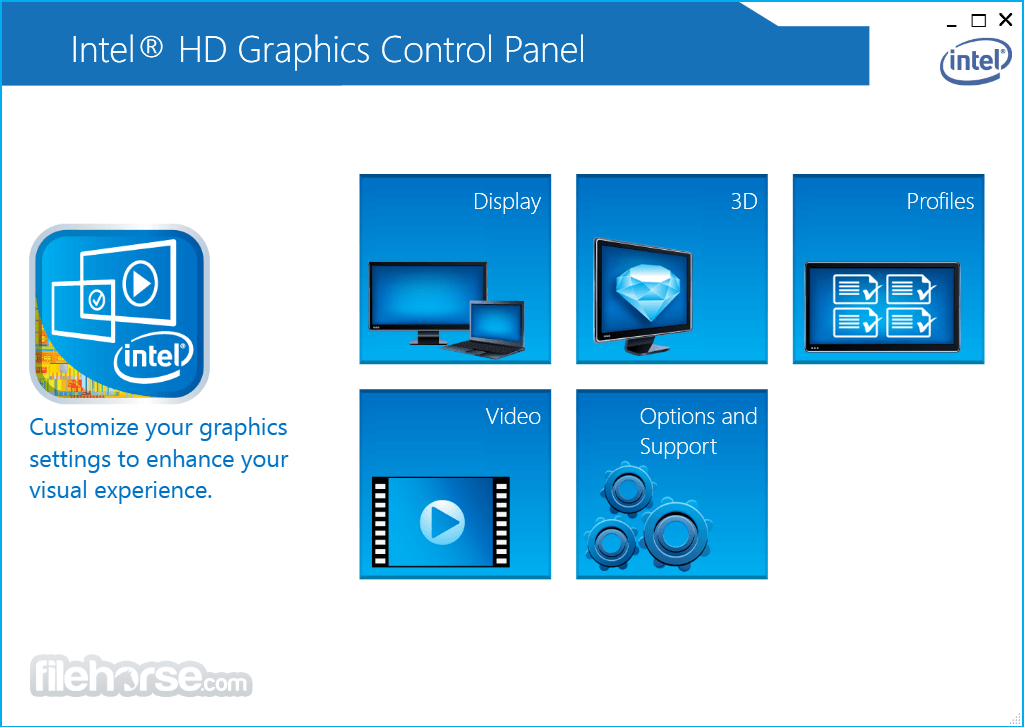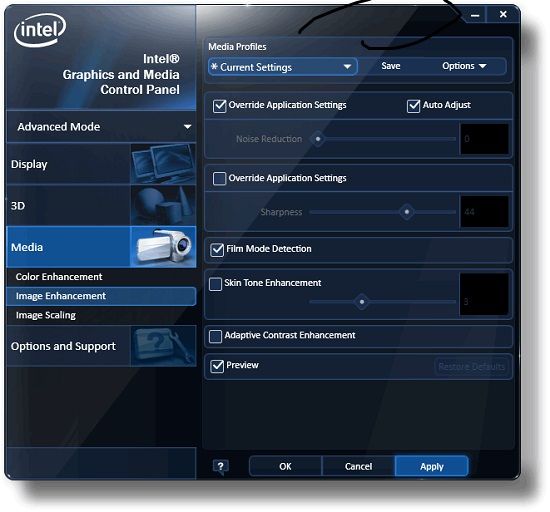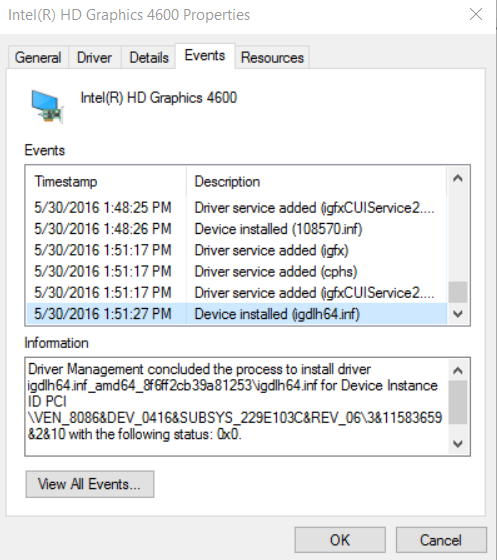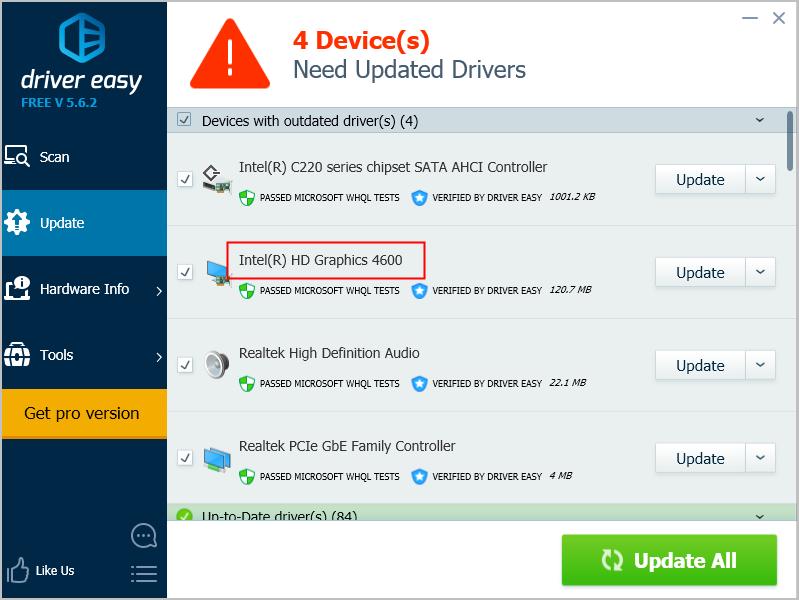Intel R Hd Graphics 4600 Windows 7 6.1 Driver Download
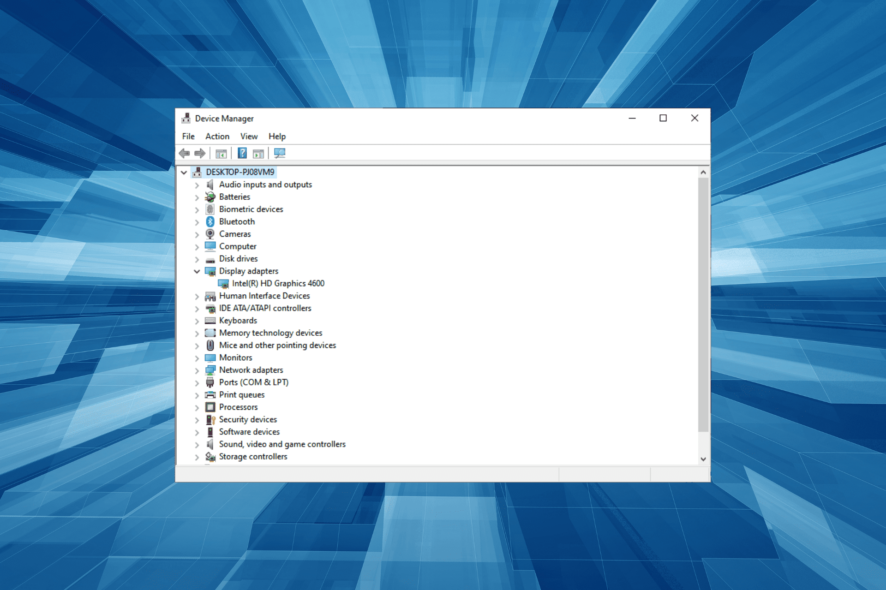
For years, the Intel HD Graphics 4600 has been a workhorse integrated graphics solution, powering countless desktops and laptops. However, users running Windows 7 (6.1) are facing increasing challenges in obtaining and maintaining compatible drivers. This has resulted in system instability, reduced performance, and compatibility issues with newer applications, raising concerns within the vintage computing community and among users who remain on the older operating system.
This article delves into the complexities surrounding the availability of Intel HD Graphics 4600 drivers for Windows 7 (6.1), exploring the reasons behind the difficulties, the consequences for affected users, and the potential solutions or workarounds that might exist. We'll examine Intel's official stance, user experiences, and the impact on the longevity of systems relying on this hardware-software combination.
The Driver Drought: Understanding the Issue
The primary issue stems from Intel's decision to end official driver support for older integrated graphics solutions on legacy operating systems, including Windows 7. This decision, driven by factors such as resource allocation and the shift towards newer platforms, has left a significant number of users without readily available driver updates.
Without updated drivers, the Intel HD Graphics 4600 may struggle to run newer software and games, or even experience reduced performance in everyday tasks. Compatibility issues can also arise, leading to screen flickering, crashes, and other frustrating problems.
Intel's Official Position
Intel has publicly stated its commitment to supporting its latest hardware and software technologies. However, this comes at the expense of older platforms like Windows 7, which have reached their end-of-life. Resources are now focused on current-generation products.
According to statements on Intel's support website, users are encouraged to upgrade to a supported operating system for optimal performance and security. This leaves users on Windows 7 in a difficult position.
"Intel occasionally supports older products, like the HD Graphics 4600. But, eventually Intel shifts resources to newer technologies," explains an Intel spokesperson in archived documentation, emphasizing the limited long-term support for legacy products.
Impact on Windows 7 Users
The lack of driver updates has a significant impact on Windows 7 users who rely on the Intel HD Graphics 4600. Many are forced to choose between upgrading their operating system, which may not be feasible due to hardware limitations or software compatibility issues, or accepting the performance and compatibility limitations.
For businesses still running Windows 7 on older machines, this issue poses a security risk, as older drivers may contain unpatched vulnerabilities. This presents a challenge to security infrastructure.
Furthermore, the secondhand market for systems equipped with the Intel HD Graphics 4600 and Windows 7 could be affected, as potential buyers may be wary of the driver support situation.
User Experiences and Workarounds
Online forums are filled with users sharing their experiences and attempting to find workarounds. Some users have reported success using older driver versions or attempting to modify drivers from newer operating systems.
These solutions, however, are often risky and may not be stable or reliable. Moreover, they may not provide the same level of performance as an officially supported driver.
Driver repositories, while offering a source for older drivers, can also pose security risks. Caution must be exercised when downloading drivers from unofficial sources.
Future Outlook and Potential Solutions
The future for Windows 7 users with the Intel HD Graphics 4600 remains uncertain. While Intel is unlikely to release new official drivers, the community may continue to develop unofficial workarounds.
Virtualization or dual-booting with a newer operating system for demanding applications could offer a temporary solution. However, this comes with its own set of challenges.
As hardware ages, it's increasingly important to consider hardware upgrades. However, that is not possible for all users because of budgetary constraints.
